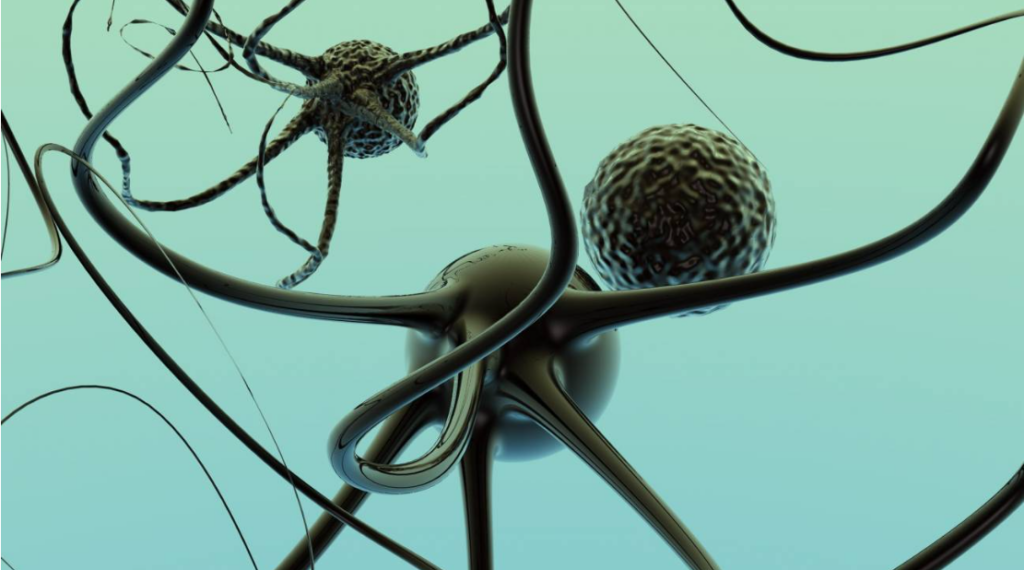Navigating the brain, the probe that fears no depths

Friends, prepare your minds because we’re going to talk about something that sounds like science fiction, but is as real as a delicious taco on a Friday night! So, grab your cups of coffee and sit back, imagine this: you’re trying to understand how the brain works, like trying to figure out the latest episode of your favorite series. How do we do this? We need to spy on the neurons in action, but not for a while, but for months! This is where the “long-lasting neural probe” comes in. Sounds futuristic, doesn’t it?
It turns out that there is a dilemma between ultra-sophisticated brain devices and their resistance to time. Rigid implants are like the friend who gives you a lot of information but doesn’t stay long at the party, he has to leave early! In contrast, flexible devices are more relaxed, but their neural knowledge is just an appetizer; but wait, what if I told you that there is a group of eggheads (or more formally, researchers) who have created a device that is like the James Bond of brain probes? It’s flexible, durable and knows everything about a single neuron!

This team of engineering wizards from Harvard, MIT, University of Texas and Axoft, Inc. designed a soft implant with a bunch of sensors that can spy on a specific neuron for months – it’s like having a spy in your brain, but for scientific stuff! What’s interesting is that not only is it soft as a teddy bear hug, but it’s also 10,000 times softer than traditional flexible probes. How did they accomplish this? By using fluorinated elastomers, which are basically like Iron Man’s super armor, but for brain probes. Imagine the researchers, dressed in lab coats and a dash of magic, integrating these elastomers with stacks of microelectrodes to create this marvel of technology, then testing it on mice, spying on their brains and spinal cords for months. Incredible!
And don’t think this is just a lab experiment, Harvard’s technology development office is so excited that it has protected the idea and passed the torch to Axoft, Inc. to take this to the next level. They are literally passing the scientific baton! In short, this team of boffins not only broke the barrier between high resolution and durability, but also gave us a glimpse into the future of brain-machine interfaces. So, the next time you think of brain probes, imagine something soft, durable and with a touch of scientific magic. Until the next expedition to the cerebral world!





Responses